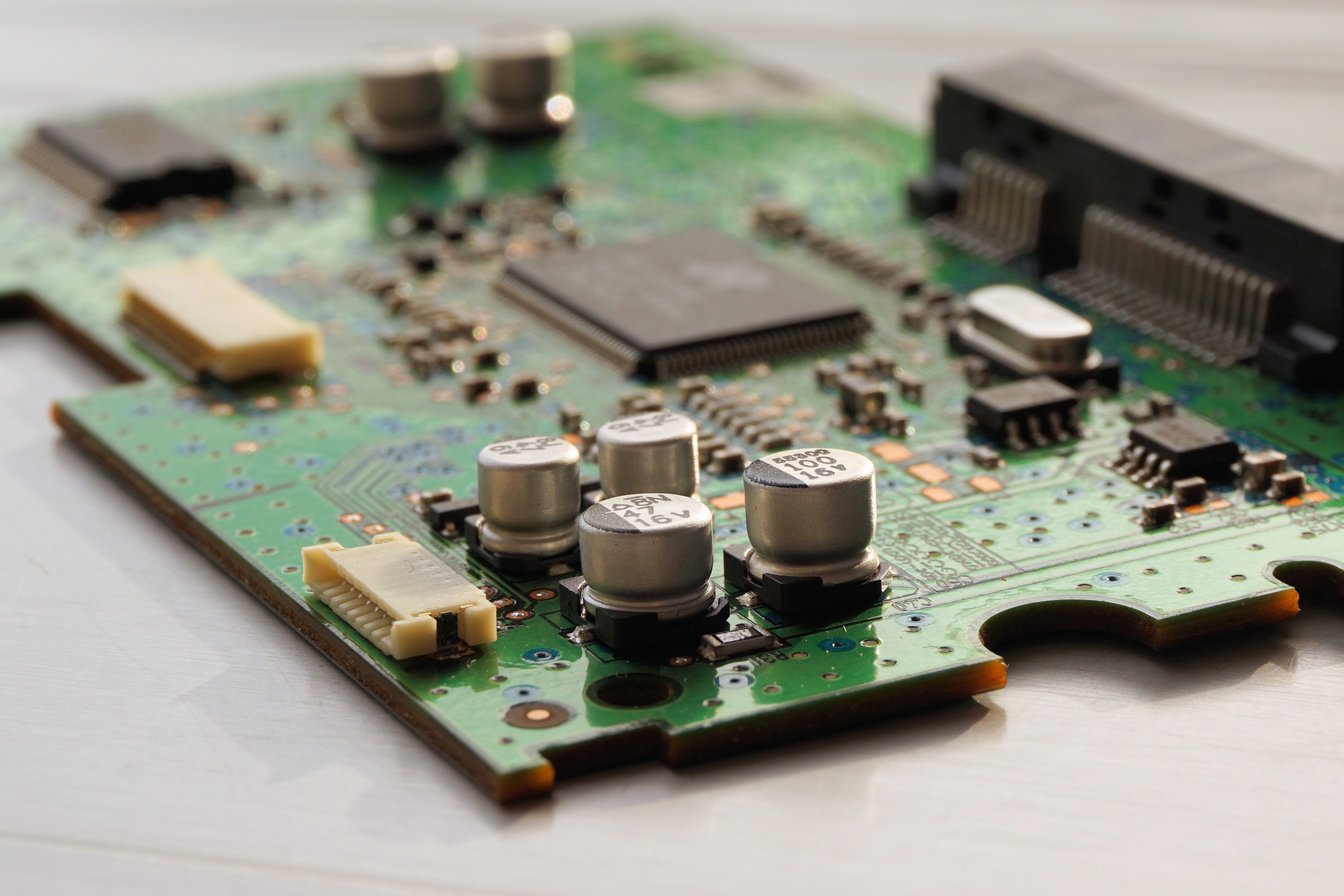
Semiconductor mega giant Intel has lost pole position to Samsung, slipping from the top spot after leading the industry for 25 years. The South Korean competitor secured success as memory revenue surged amid supply shortages.
Memory accounted for more than two-thirds of all semiconductor revenue growth in 2017 and became the largest semiconductor category, Gartner research found. With Samsung Electronics being the largest memory supplier, it is no surprise that the company raked in the lion’s share of the market.
The market grab marks “the first time Intel has been toppled since 1992,” according to Andrew Norwood, research vice president at Gartner. Samsung saw an eyebrow-raising 52.6% revenue growth between 2016 and 2017, whereas Intel chalked up just 6.7% income increase.
Intel’s revenue swell was boosted by a 6% increase in data centre processor revenue owing to demand from cloud and communications service providers. PC processor revenue grew more slowly for Intel – just 1.9% – though PC prices have been steadily on the rise across the market.

Compounding the revenue opportunity for Samsung was the component shortage experienced throughout the semiconductor industry. Furthermore, a surge in demand during 2H 2017 contributed to price rises. Market growth in IoT, automotive, mobile and industrial markets is thought to have contributed to component demand, as well as unprecedented semiconductor and tech mergers in 2016, according to EPS News.
For the first time ever, NAND flash prices increased year on year, seeing an increase of 17%, while DRAM prices rose by a staggering 44%.
HPE, Intel help BP build world’s most powerful supercomputer for commercial research
Samsung Electronics ramp up AI research
Major memory vendors SK Hynix and Micron Technology also rose in the rankings in 2017, muscling out Qualcomm and Broadcomm, which slipped to fifth and sixth place respectively. SK Hynix and Micron achieved a notable 79% and 78% growth respectively in 2016-17.
As a whole, the market grew by 22.2% in the same period, with NXP the only company in the top ten to decline in growth, shrinking by 7%.
Nevertheless, Samsung may not be sitting pretty at the top for long. “Samsung’s lead is literally built on sand, in the form of memory silicon,” said Mr. Norwood. “Memory pricing will weaken in 2018, initially for NAND flash and then DRAM in 2019 as China increases its memory production capacity. We then expect Samsung to lose a lot of the revenue gains it has made.”






